The role of salt in bread.
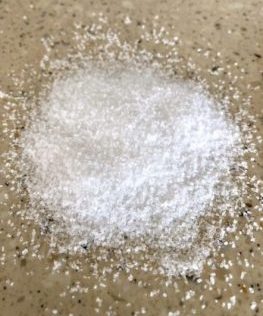
Table Salt
Table salt is the most common type of salt used in cooking. It is mined from salt deposits on land and then refined to remove naturally occurring minerals. Salt contains anti-caking additives to give a consistently fine free flowing texture. Most table salt is fortified with iodine and this is known as iodised salt.
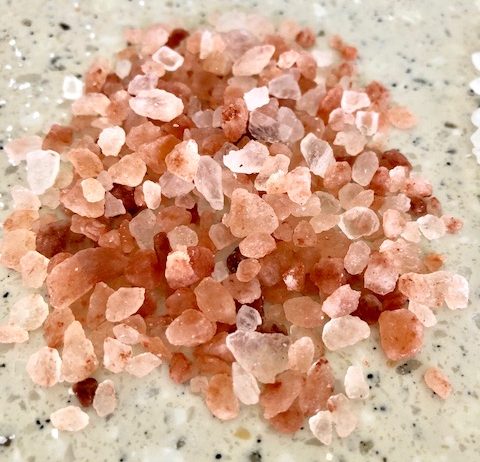
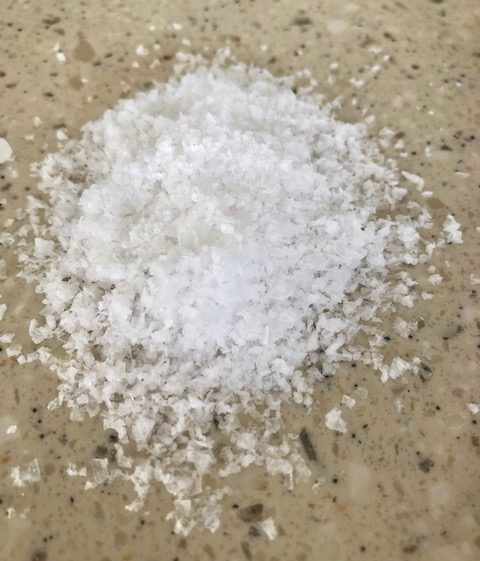
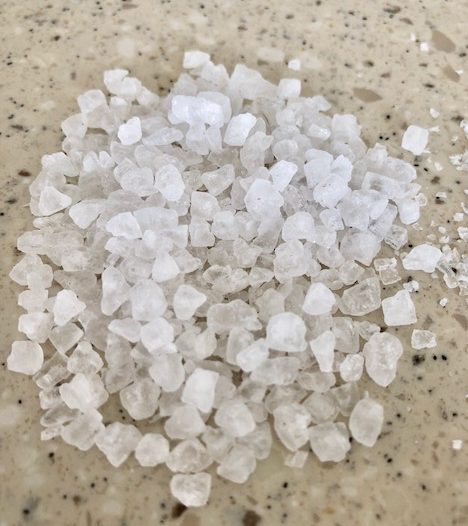
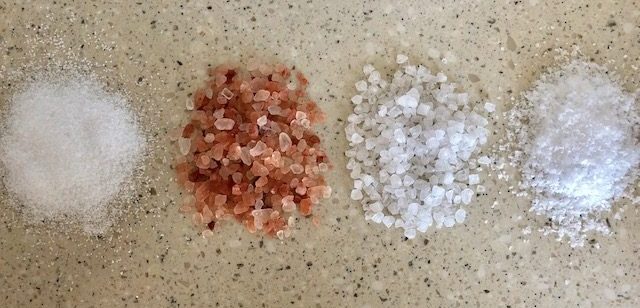
Comments
This post currently has no responses.